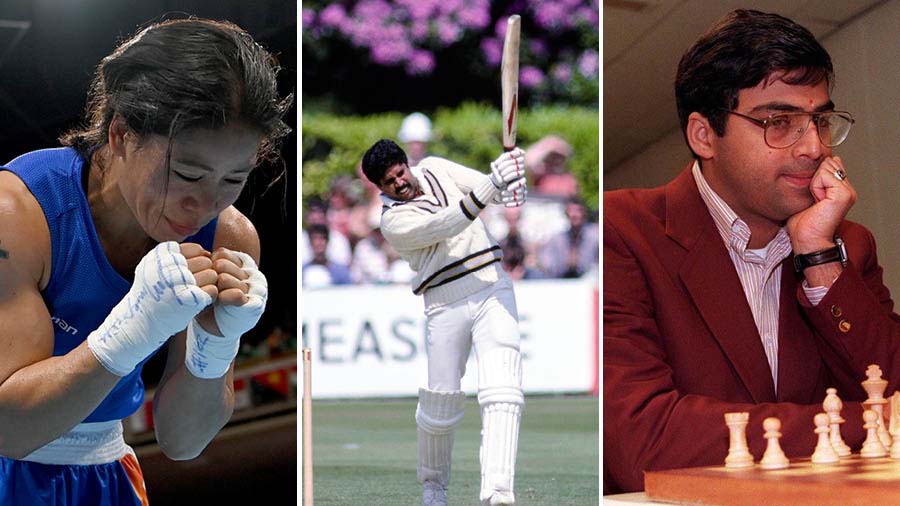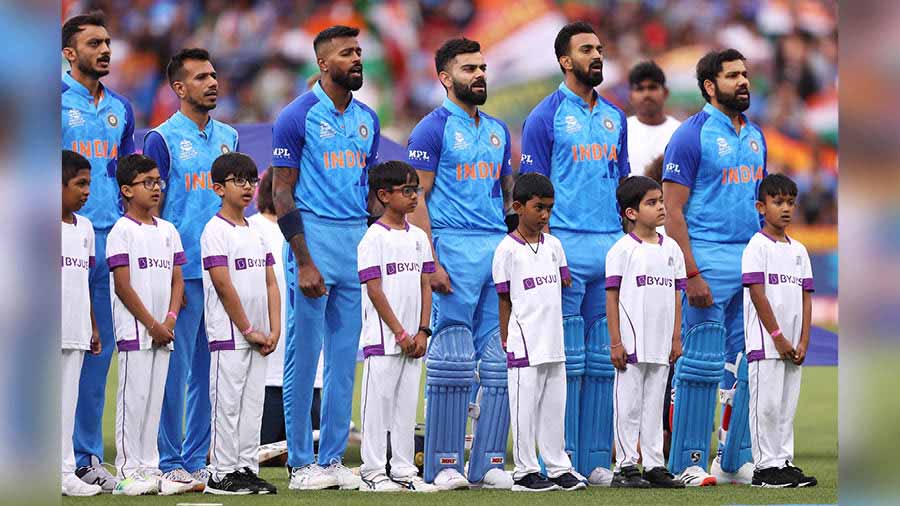Sport is designed to swing between extremes. Between ecstasy in one moment and agony in another. In a profession where history often comes down to instincts, forged over years but displayed over seconds, it is natural to go: “What If?!” The fine line between victory and defeat, between a revolution and a false dawn, makes sport a favourite candidate for counterfactuals — things that could or should have happened but did not.
As India celebrates 76 years of Independence, My Kolkata digs through India’s biggest sporting moments to ask: “What If”. What if a competition had not been neglected during its infancy, what if three men had been where they were expected to be, what if one woman had run and not boxed? How would all that and more have changed the story of athletes, the story of sports and the story of India?
What if India had played in the 1950 men’s FIFA World Cup?!
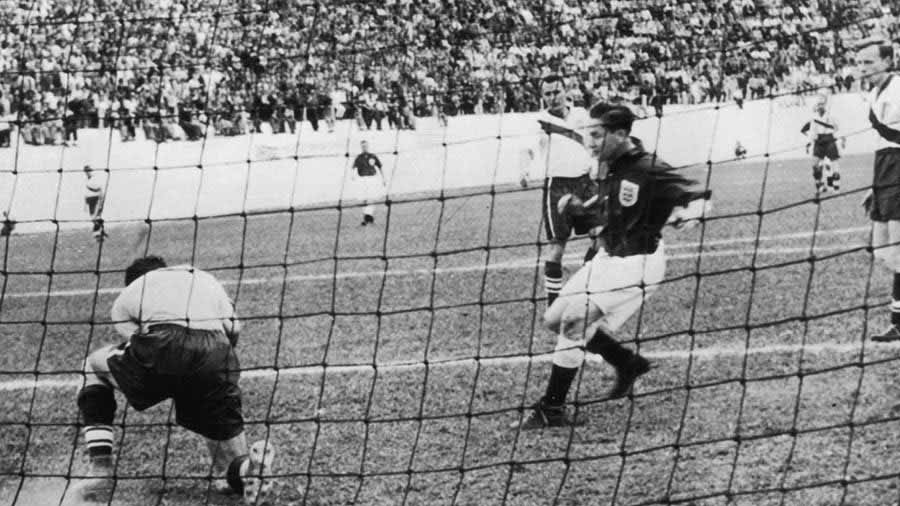
India never got a chance to play at the 1950 FIFA World Cup, which saw Uruguay beat Brazil in the final
Getty ImagesContrary to popular myth, India did not opt out of the 1950 FIFA World Cup in Brazil because of an insistence to play without shoes. Rather, the All India Football Federation (AIFF) made a conscious decision to sidestep the World Cup and focus on the Asian Games in Delhi the following year. The decision paid dividends when India beat Iran to win gold on home soil, but it also meant that India’s golden generation of footballers missed out on testing their might against the planet’s finest. While the World Cup was hardly held in the awe it is today back in 1950, it is not unreasonable to suggest that a strong Indian performance in Brazil would have improved India’s global standing in football considerably. It would also have not rubbed FIFA the wrong way, which would have had good reason to pay more attention to India’s development in the beautiful game. India probably would not have won in Brazil (where Uruguay were the eventual champions), but in a parallel world, they could well have gone on to become an Asian mainstay in the world’s most-followed sporting competition. They would also have been the second Asian team after Indonesia (in 1938) to participate in the tournament. At the very least, India’s desperation for a first taste of the FIFA World Cup, which continues to this day, would have long been fulfilled.
What if Kapil Dev had not scored 175 against Zimbabwe?!
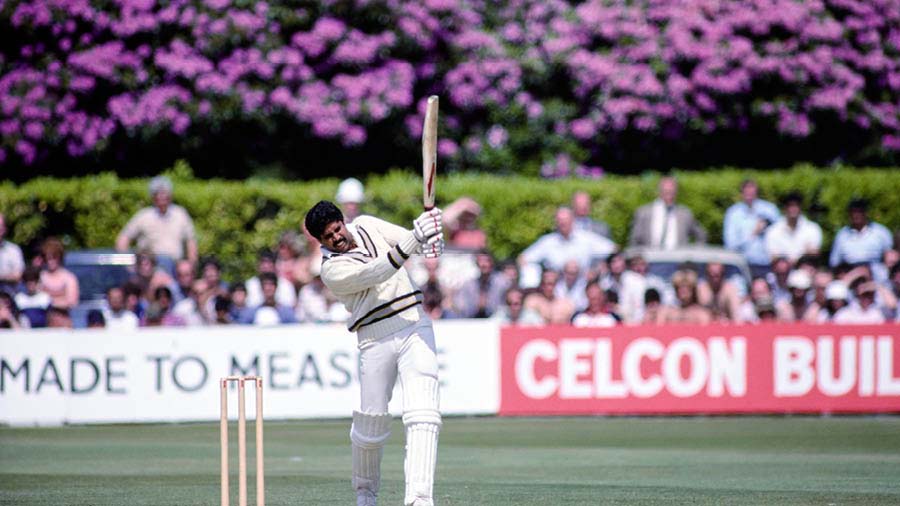
Kapil Dev en route to his electrifying 175 not out against Zimbabwe in Tunbridge Wells
Getty ImagesWhen India were reeling at 17 for 5 against Zimbabwe at Tunbridge Wells on June 18, 1983, not even the most optimistic Indian supporter would have dreamt of the team becoming world champions just seven days later. And yet, that is exactly what happened. But India’s unforgettable win against the West Indies in the World Cup final may not have been possible if Kapil Dev had not played the innings of his life against Zimbabwe. His electrifying knock of 175 not out took India from a position of impending defeat to a match-winning score of 266. Buoyed by a heroic effort from their captain, India’s group of underdogs upset the apple cart thrice on the trot, beating Australia, England and the Windies to clinch the title. The image of Kapil holding the World Cup aloft on the Lord’s balcony changed Indian cricket forever. But had he got out cheaply against Zimbabwe during a match that was not even televised, Indian cricket may never have made it to Lord’s or all the historic places it has been to thereafter.
What if Mahesh Bhupathi and Leander Paes did not happen to Indian tennis?!
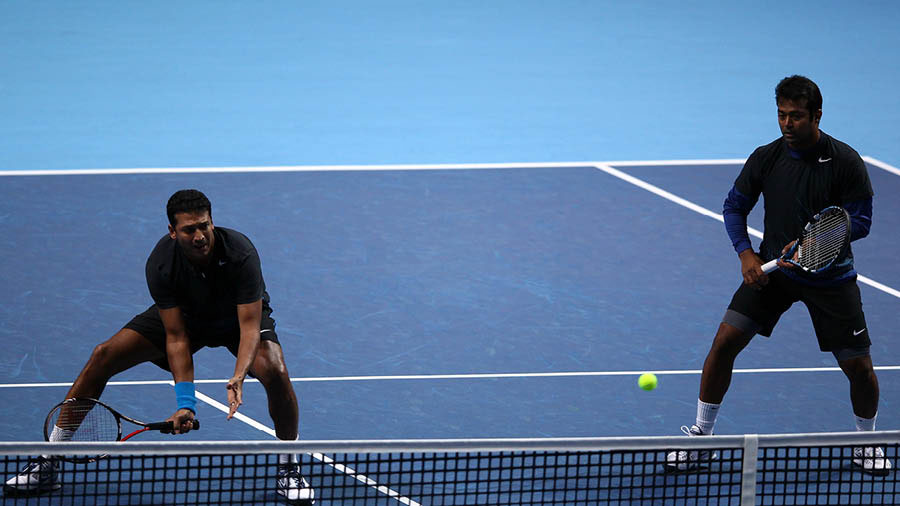
Mahesh Bhupathi (left) and Leander Paes made history as the Indian Express
Getty ImagesIndians have been playing tennis since the 1880s. By now, thousands of players have represented India, directly or indirectly, on the court. But without two men in particular, the story of Indian tennis could well have been very different. In spite of talents such as Ramanathan Krishnan and Vijay Amritraj playing through the 1960s and ’70s, no Indian had reached a Grand Slam final before Mahesh Bhupathi (at Roland Garros) in 1997. It was a final Bhupathi won, alongside his mixed doubles partner Rika Hiraki. For the next decade, there was Indian representation in a Grand Slam final on 24 separate occasions. Bhupathi or Leander Paes, or both (in men’s doubles), were present every single time. Nicknamed the Indian Express, Bhupathi and Paes paved the way for the likes of Sania Mirza and Rohan Bopanna to take India’s doubles legacy further in Grand Slams. In a world where Paes and Bhupathi did not happen to Indian tennis, Indians would have had to remain content with simply watching Grand Slam finals.
What if Dingko Singh had not won gold at the 1998 Bangkok Asian Games?!

Mary Kom would have pursued athletics instead of boxing were it not for Dingko Singh
Getty ImagesMary Kom is, without a doubt, India’s greatest female boxer. She has more firsts to her name, in terms of medals and records, than most boxers have fights. But Kom would not have taken up boxing had it not been for a fellow Manipuri, Dingko Singh. In 1998, when Kom was just 16, Singh returned from Bangkok with a gold medal to his name. Singh had his own “What If” scenario in Bangkok, as he was initially dropped from the contingent, only to force his way in by going on a spree of shots! Drunk on success, Singh came back to Manipur a national hero, inspiring hundreds of teenagers to take up boxing. One such teenager was Kom, who immediately switched from athletics to the ring, keeping her change of sports a secret from her father, who feared it might damage her marriage prospects. While an innate athlete like Kom may well have won laurels for India in athletics, too, what she has done for Indian boxing, especially as a role model for women, cannot be repeated.'
What if Vishwanathan Anand had not become world champion in 2000?!

Vishwanathan Anand became India’s youngest grandmaster before becoming its first chess world champion in 2000
Getty ImagesHas any other man single-handedly revolutionised a sport in the land of more than a billion the way Vishwanathan Anand did with chess in 2000? Anand, who had become India’s first grandmaster in 1988, won the FIDE World Chess Championship in Tehran by beating Spain’s Alexei Shirov, before going on to claim four more world titles over the next 12 years. Before Anand’s moment of glory, India, which is credited to have invented chess in the sixth century, had produced just five grandmasters (including Anand himself). Since then, between 2000 and the present day, India has produced 76 more. Not only did Anand make playing chess cool, but he also took an active part in mentoring young talents and sharing his vast knowledge of the game across the country. If Anand had not become world champion in 2000, India’s chess revival story may not have come true till date. However, an ardent Anand fan would have us believe that had Anand not won the FIDE championship in 2000, not much in India’s chess history would have changed. After all, Anand would simply have won the next edition in 2002 and had pretty much the same effect!
What if Tendulkar, Dravid and Ganguly had not skipped the ICC World T20 in 2007?!
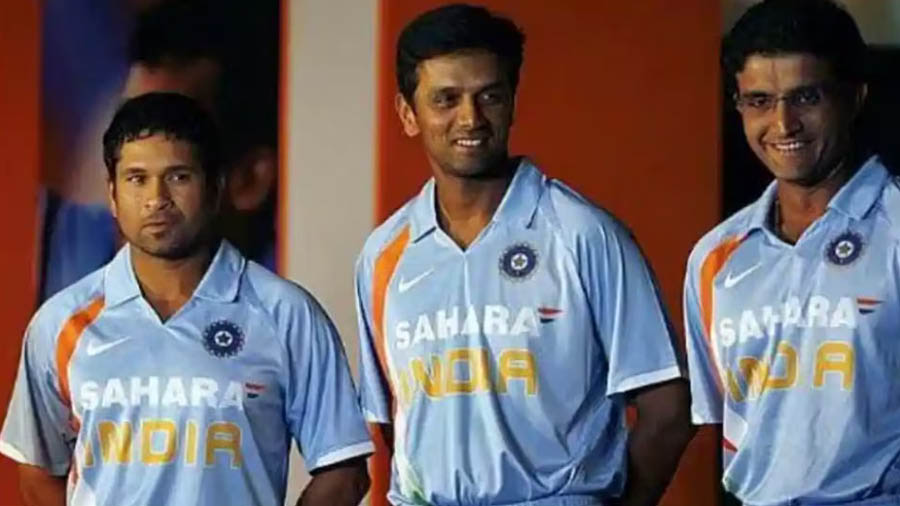
Sachin Tendulkar, Rahul Dravid and Sourav Ganguly played no part in India’s triumph at the inaugural T20 World Cup in South Africa
Getty ImagesAfter a catastrophic 50-over World Cup in the Caribbean in 2007, Indian cricket’s three biggest names at the time — Sachin Tendulkar, Rahul Dravid and Sourav Ganguly — chose to give the inaugural World T20 in South Africa a pass. The idea being that T20 was not “serious cricket” and youngsters should be given a chance to prove their mettle without a lot at stake. Those same youngsters, led by a charismatic Mahendra Singh Dhoni, went on to beat Pakistan in Johannesburg to become champions. The next year, the impresario that was Lalit Modi, capitalised on the momentum of India’s T20 triumph to launch the IPL. Today, the IPL is in a position to not only complement international cricket, but control it, too, thanks to an unprecedented influx of money, eyeballs and power. Just imagine how different all this could have been had Tendulkar, Dravid and Ganguly played in South Africa. Would any of the three have smashed six sixes in an over, hit the stumps during a bowl-out or sprinted and slid their way across every blade of grass? More probably, they would have milked their way to a handful of half-centuries at a strike rate of just over a run-a-ball!
What if India had won the ICC Women’s World Cup in 2017?!
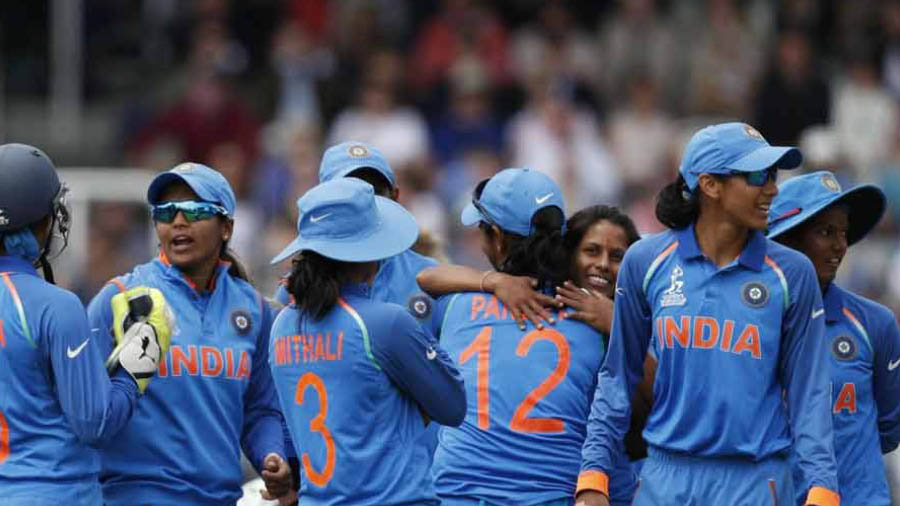
India’s women’s team fell heartbreakingly short in the final of the 2017 World Cup against England at Lord’s
TT ArchivesA little over 34 years after the men had written their names into cricketing folklore at Lord’s, India’s women were presented with the same opportunity when they took on England in the final of the 2017 ICC Women’s World Cup. Chasing 229, India were cruising, with Punam Raut and Harmanpreet Kaur in fine fettle. Then, out of nowhere, disaster struck, as India lost eight wickets for 81 runs, and lost out on making history by their fingertips. A runners-up finish still ensured a raucous reception back home for the Women in Blue, but had they not fallen short at Lord’s, women’s cricket in India could have transformed overnight. Just as it happened with Saina Nehwal and P.V. Sindhu in badminton, or with Sania Mirza in tennis, the sight of India’s women being the best in the world at cricket would have inspired a generation of girls in a way that nothing else has managed to do before or after.


